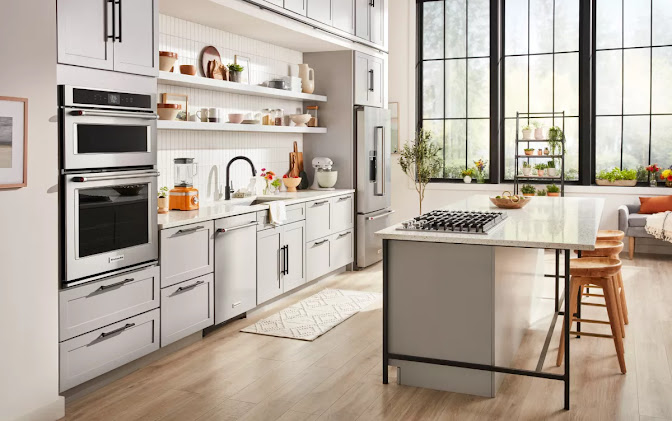How to Design a Commissary Kitchen for Maximum Efficiency
Step 1: Assess Your Needs
Before you begin designing your commissary kitchen, it's essential to assess your needs and requirements. Consider factors such as the type of food you'll be preparing, the volume of production, and the equipment and appliances you'll need. This will help you determine the size and layout of your kitchen.
Step 2: Plan the Layout
The layout of your commissary kitchen plays a crucial role in its efficiency. Aim to create a workflow that minimizes unnecessary movements and maximizes productivity. Consider factors such as the placement of workstations, storage areas, and equipment to create a logical and efficient layout.
Step 3: Choose the Right Equipment
Selecting the right equipment is essential for optimizing efficiency in a commissary kitchen. Invest in high-quality, commercial-grade appliances and tools that are suitable for your specific needs. Consider factors such as durability, ease of cleaning, and energy efficiency when choosing equipment for your top kitchen remodel ideas.
Step 4: Organize Storage
Efficient storage is key to keeping your commissary small kitchen organized and functional. Designate specific areas for storing ingredients, utensils, and equipment, and use shelving, racks, and containers to maximize space and accessibility. Consider implementing a first-in, first-out (FIFO) system to ensure freshness and minimize waste.
Step 5: Focus on Safety and Hygiene
Safety and hygiene should be top priorities in any commercial kitchen, including a commissary kitchen. Ensure that your kitchen meets all health and safety regulations and standards, and implement proper sanitation practices to prevent contamination and foodborne illness. Train your staff on proper food handling and safety protocols to maintain a clean and safe working environment.
Step 6: Optimize Workflow
Efficient workflow is essential for maximizing productivity in a commissary kitchen. Design your kitchen layout to minimize unnecessary movement and create a streamlined workflow from food preparation to cooking to plating. Consider factors such as the placement of equipment, workstations, and storage areas to optimize workflow and minimize downtime.
Conclusion
Designing a commissary kitchen for maximum efficiency requires careful planning and consideration of various factors, including layout, equipment selection, storage organization, and workflow optimization. By following these steps and focusing on efficiency and functionality, you can create a kitchen that is well-equipped to meet the demands of your food production operation.
FAQs
What is a commissary kitchen?
A commissary kitchen is a centralized facility where food is prepared, cooked, and stored for distribution to multiple locations or outlets.
How do I determine the size of my commissary kitchen?
The size of your commissary kitchen will depend on factors such as the volume of production, the type of food you'll be preparing, and the equipment and appliances you'll need. Consider hiring a professional kitchen designer or consultant to help you determine the appropriate size for your needs.
What equipment do I need for a commissary kitchen?
The equipment you'll need for a commissary kitchen will vary depending on your specific needs and requirements. However, some essential equipment includes commercial-grade ovens, stovetops, refrigerators, freezers, and food preparation surfaces.
How can I ensure food safety in my commissary kitchen?
Food safety is essential in a commissary kitchen to prevent contamination and foodborne illness. Ensure that your kitchen meets all health and safety regulations and standards, and implement proper sanitation practices. Train your staff on proper food handling and safety protocols to maintain a clean and safe working environment.
What is the importance of workflow optimization in a commissary kitchen?
Efficient workflow is crucial for maximizing productivity in a commissary kitchen. By optimizing workflow and minimizing unnecessary movement, you can streamline operations and increase efficiency, ultimately saving time and reducing costs.



Comments
Post a Comment